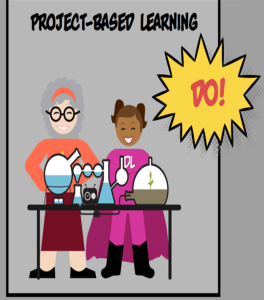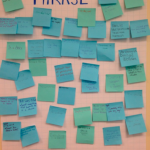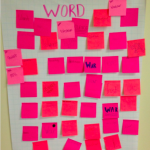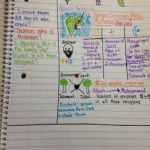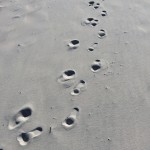 I have always had a love for numbers. There is purity in how it allows us to communicate, to make connections among things, to rank our likes or dislikes, to be precise, to simplify, and importantly to find answers. In contrast, I have to bend my will to feel remotely the same affection for Language Arts. The impreciseness of language, the iffy rules of grammar, and the complex rules of conjugation are obstacles that I am still working through.
I have always had a love for numbers. There is purity in how it allows us to communicate, to make connections among things, to rank our likes or dislikes, to be precise, to simplify, and importantly to find answers. In contrast, I have to bend my will to feel remotely the same affection for Language Arts. The impreciseness of language, the iffy rules of grammar, and the complex rules of conjugation are obstacles that I am still working through.
My family, without knowing, taught me this bias by emphasizing the importance of helping with chores. Industriousness became a skill, however, it also left me with less leisure time. Reading became required learning and a task much like any other chore. I have often admired voracious readers who do it as a hobby and who have widened their comprehension simply by reading different genres. In my journey to discover my reading interests, I have been spending more time poring over self-help books and, more recently, non-fiction materials that speak to compelling stories about how others who seemingly had one path chosen for them, but influenced a higher path for themselves by sheer force of will.
I firmly believe that how something is introduced matters. In their infant years, my husband and I regularly read to our girls and made it a fun bedtime routine shared under bundled sheets. Ironically, now that our girls have gotten to the respectable ages of 2 and 3, they are the ones who are reading to us! Morgan, the younger of the two, becomes indignant when we cheat her of the opportunity to use her imagination to tell her story from the illustrations she sees. Emma equally impresses us! She is now a voracious reader who can easily go through a book in less than a minute. We are excited that our girls are already exploring their world through reading, making their own minds up about their interests and, importantly, sharpening their curiosity about what they do not know.
Of course, math remains my first love. I have always had a knack for remembering numbers. My family will never let me forget the child prodigy in math that they saw in me. It has always been easy for me to remember phone numbers or license plate numbers. Once I write a number down, dial it by phone, I easily commit it to memory. I remember practicing multiplication tables up to a factor of 12 by 12 just on my own without any prompting. I enjoyed and practiced math often because it came easy for me. The encouraging words from my family in this regard also helped me to become even better.
My high school examination included the elective subjects of physics and geography. These subject choices at the Ordinary and Advanced examination levels were directly linked to my childhood dream of becoming a pilot. While I gained confidence in performing mathematical proofs and solving complex problems, and eventually earned a degree in Physics and Electronics, my epiphany about the power of math and how it could be used to make a difference came to me while I worked as a teacher in the classroom.
A true test as to whether one understands something well is the ability to explain it to others in a way that makes sense to them. Importantly, I am now conscious of an even more powerful truth that I excitedly share with my students and fellow teachers. We open up ourselves to new learning when we can become vulnerable about what we do not know or we can be honest with others about past failures that we either overcame or continue to chip away by sheer will.
Recently, I assumed the responsibility of helping children across different grade levels at Trinity to have fun with math and to build their confidence in their own math abilities. This initiative known as Pi in the Sky Math has reconnected me to something I enjoy. In helping my students to learn, I am also open with them about those occasional moments where I may need to get back to them about how best to explain a mathematical concept. I embrace my classroom experiences and I owe a debt of gratitude to Maryellen Berry for selecting me for this opportunity.
I want my students to understand that we are never stuck at one place. My openness is helping to prepare them for those inevitable moments of uncertainty by giving them the fortitude to push through self-doubt. I smile when I pass Fourth Graders that I recently taught only a year ago. They beam with confidence and they excitedly share their personal journeys with me. These are moments that matter! I love when my students let me know how I have impacted their lives.
Learner, Thinker, Writer: Kerry Coote (@CooteMrs) serves the Trinity School community as a Second Grade Assistant Teacher.
 It truly is a wonderful time of year. As we look around and see all the holiday decorations, hear the sounds of giggles discussing what the elf has done to each house, and cheerful music fills the air, it’s so easy to become overwhelmed with the lack of time and our lists that are pages long.
It truly is a wonderful time of year. As we look around and see all the holiday decorations, hear the sounds of giggles discussing what the elf has done to each house, and cheerful music fills the air, it’s so easy to become overwhelmed with the lack of time and our lists that are pages long.

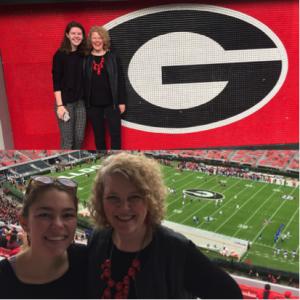

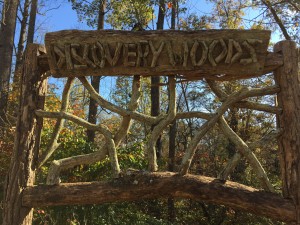
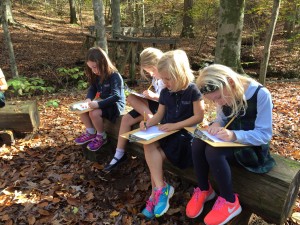
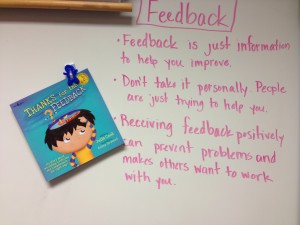
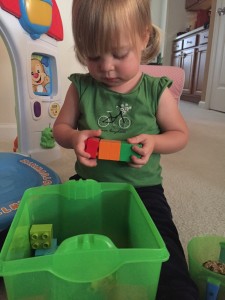 The block tower falls over and I immediately say, “Uh ohhhh,” prepared to console my toddler after all the work she put into her creation. But she looks at me as if she wasn’t so worried about it! Then she proceeds to gather the blocks and rebuild– this time, with the bigger blocks on the bottom.
The block tower falls over and I immediately say, “Uh ohhhh,” prepared to console my toddler after all the work she put into her creation. But she looks at me as if she wasn’t so worried about it! Then she proceeds to gather the blocks and rebuild– this time, with the bigger blocks on the bottom.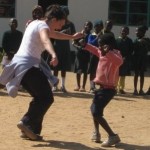
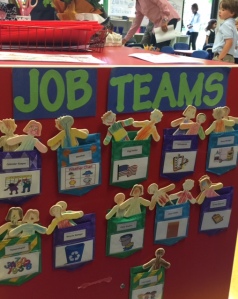 Grand Day is one of my favorite events at school for so many reasons, not the least of which is seeing the pride of students, teachers, and grands over the accomplishments of learning and friendships. Beyond that, listening to grandparents talk to each other about what they perceive as happening with and for their grandchildren allows me to see what we do with fresh eyes. I don’t know if it is the wisdom grandparents have earned over time or an appreciation for fundamentals now overlooked, but grandparents seem to recognize the implicit learning objectives built into our teaching as readily as they see the obvious, stated objectives. One grandparent stopped me to ask if we have always given the students “jobs” in the classroom. I thought, “Yes! We vertically align learning objectives and facilitate interdisciplinary experiences to deepen student understanding while empowering them with skills and strategies all of the time. Thank you for noticing.” I did not say that. After I explained the jobs chart, he was so impressed with the idea of developing academic skills while promoting a sense of personal responsibility and community. But, I wonder if we think about the depth of learning that will occur each year when those charts are set up. Or, have we done it so long that we just know “jobs” are what we do?
Grand Day is one of my favorite events at school for so many reasons, not the least of which is seeing the pride of students, teachers, and grands over the accomplishments of learning and friendships. Beyond that, listening to grandparents talk to each other about what they perceive as happening with and for their grandchildren allows me to see what we do with fresh eyes. I don’t know if it is the wisdom grandparents have earned over time or an appreciation for fundamentals now overlooked, but grandparents seem to recognize the implicit learning objectives built into our teaching as readily as they see the obvious, stated objectives. One grandparent stopped me to ask if we have always given the students “jobs” in the classroom. I thought, “Yes! We vertically align learning objectives and facilitate interdisciplinary experiences to deepen student understanding while empowering them with skills and strategies all of the time. Thank you for noticing.” I did not say that. After I explained the jobs chart, he was so impressed with the idea of developing academic skills while promoting a sense of personal responsibility and community. But, I wonder if we think about the depth of learning that will occur each year when those charts are set up. Or, have we done it so long that we just know “jobs” are what we do?



